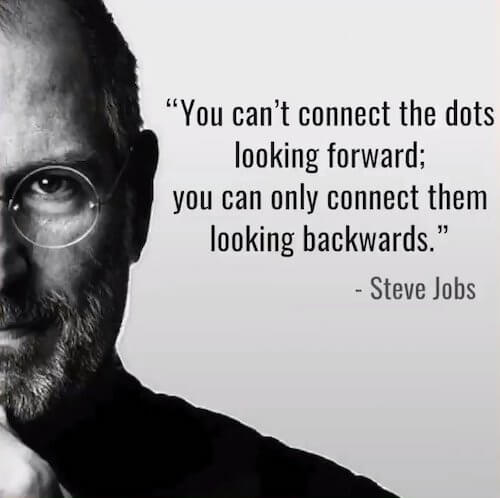
CX disconnected from purpose can lead to excellent but generic experiences; purpose-led CX means amplifying what makes you different by focusing on CX, brand and culture together, and leaning into the emotional connections that turn experiences into relationships. This means:
The future of CX isn’t what the customer sees on the outside, but what’s done organisationally and operationally internally. The experiences companies deliver, and the way they behave must be aligned, and centred around the customer. Not less CX, but organisations should be prepared to compromise what we think of as a typical customer-facing change if it cannot be delivered upon consistently or aligned strategically.
Engine Transformation CEO Emma Robertson spoke at Econsultancy Live 2021 ‘What’s next for CX?’ Ticket holders can watch all sessions on demand until the end of May 2021.
People driven CX means considering the entire user group with the same level of design thinking and delivering an authentic and purposeful CX through the organisation’s DNA. If you keep CX in balance with EX, it’s possible to deliver experiences that are authentic and consistent. You achieve this by:
This is beyond an eco-system, it’s a formula. All the elements are connected, interdependent and in ratios relative to your context and ambition. For a government service the formula may be weighted towards technology, data and CX, whereas a multi-channel retail business may need to put more focus on brand, culture and strategy alongside CX. Every formula is different, but share common themes for success:
- Unique – amplifying what makes you different, not imitating your competitors
- Balanced – keeping ratios in check and avoiding one element sucking up resource to the detriment of the whole
- Connected – considered, planned and managed as an ecosystem
Data driven CX requires change at organisational and strategic level – shifting emphasis from what just happened, to what will happen next by bringing CX and Data much closer together in operation. This means:
NPS and CSAT have turned insight into a board-level KPI, giving customer experience attention but not focus; highlighting what but not why – and always in the rear-view mirror.
1) Purpose Driven: differentiated & authentic experiences
The ambition to deliver great customer experiences is universal, eternal and often feels unattainable – no matter what you do, there is more to be done; no matter how on-trend you are, the next trend is already calling.
- Purpose and vision maturity – clarity of purpose that cuts across channels, structures and teams to manifest in everything you do, not just the activity labelled “cx”
- Customer-centric balanced by brand-purpose – bring to life who you are as an organisation, not just a mirror to customer needs.
- Empowerment – share the CX vision and hold whole businesses accountable for delivering on brand experience and CX promise in every link in the chain.
2) Data Driven: from reporting to predicting
CX needs to be put back in context – retaining all of that amazing practitioner expertise, but alongside the other elements that make up the formula for successful change – Brand, Culture & Organisation, Data, Strategy & Technology.
There are 3 ways in which change internally can power experience externally:
- Break the structural silos between customer data, customer insight & customer experience and find a new way of operating – huge potential and advantage at a time when most organisations do not connect them
- Upskill and open access: CX practitioners need to become data literate beyond research; democratise access to data, and develop skills in how to ask the right questions of it
3) People Driven: authentic & deliverable
Improving your CX capability is not the answer, writes Engine Transformation CEO Emma Robertson, it’s what you do next internally that will count.
Over time CX has gained importance and prominence within organisations – user interface design developed into UX, UX became UCD – and now we are all about the CX. Perhaps as a result of where it started, it has typically developed as a centre of excellence and the domain of practitioners, with the unintended consequence of becoming disconnected: a step in the process, a phase of work or a voice in the stand-up. And here-in lies the problem – CX becomes a link in the chain when it should be the chain.
- Keeping CX in balance with EX within the formula, move beyond 95% CX and 5% staff training to something more considered and holistic.
- Engaging the organisation often and early – emersion and engagement trumps training and tracking.
- Taking CX out of the CX team – upskill across all functions so that the vision can be delivered upon in a thousand different ways.
CX as part of the DNA of your organisation
Considering CX within the formula, the opportunity is to move along the CX maturity curve and elevate from specialism to strategic imperative – making CX part of the DNA of your organisation, not a department within it.




